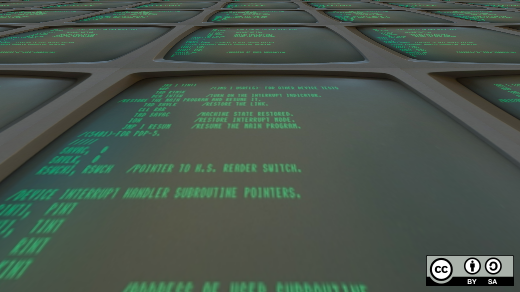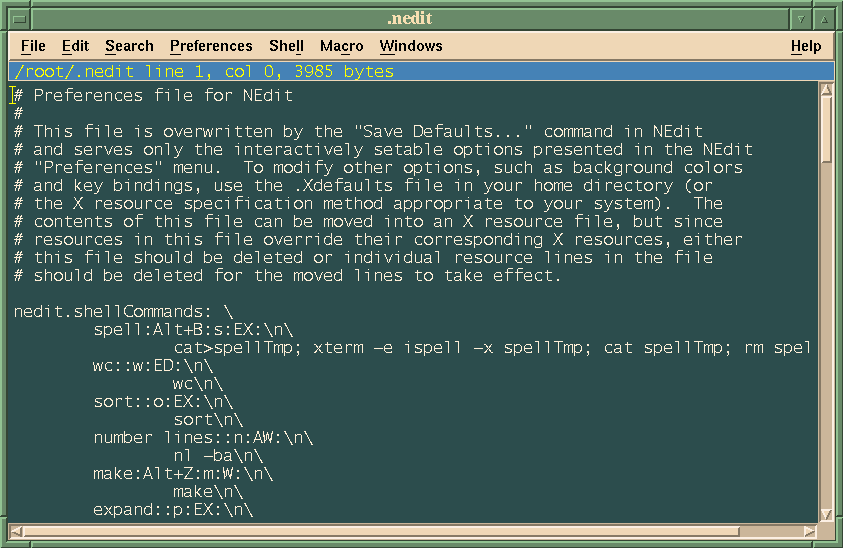

autosave, -noautosave Maintain a backup copy of the file being edited under the name (Auto Newline Wrap mode) -autoindent, -noautoindent Maintain a running indent. (Continuous Wrap mode) -autowrap, -noautowrap Wrap long lines when the cursor reaches the right edge of the window by wrap, -nowrap Wrap long lines at the right edge of the window rather than continuing tabs n Set tab stops every n characters. The file must be of the format generated by ExuberantĬtags, or the standard Unix ctags(1) command.

tags file Load a file of directions for finding definitions of program subroutinesĪnd data objects.

Program, where `nc -do' can remotely execute commands in an nedit do is particularly useful from the nc(1) do command Execute an NEdit macro or action on the file following the -do argument on Open files from the shell command line without starting a new NEdit nc(1) can be used to interface NEdit toĬode development environments, mailers, etc., or just as a quick way to server Designate this session as an NEdit server, for processing commands from create Don't warn about file creation when a file doesn't exist. OPTIONS -read Open the file read-only regardless of the actual file protection. Streamlined editing style, based on popular Macintosh and MS Windows editors,įor users of X workstations and X terminals. NEdit is a standard GUI (Graphical User Interface) style text editor for This will quit the editor, and write all changes you have made all changes to the document will be saved.Nedit Type “wq”, the “w” indicates that the file should be written, or saved which will overwrite existing file and the “q” indicates that vim should quit, or exit The colon indicates that what follows is a Vim command The cursor should reappear at the lower left corner of the screen beside a colon prompt. (You must be in insert or append mode if not, just start typing on a blank line to enter that mode) This will quit the editor, and abandon all changes you have made all changes to the document will be lost. The colon indicates that what follows is a Vim command. (You must be in insert or append mode if not, just start typing on a blank line to enter that mode) This will edit filename starting at line 1.

First how to launch vimĬhange to path where file is located with “cd”


 0 kommentar(er)
0 kommentar(er)
